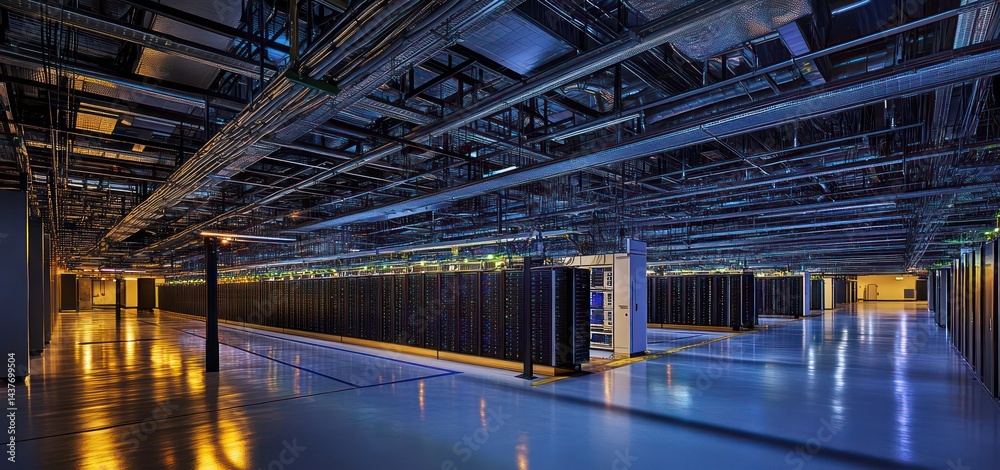|
Forward-thinking

.svg)

The world of data centers is evolving fast. With AI workloads expanding and sustainability moving from buzzword to business requirement, developers and operators are rethinking how they build and manage these critical facilities.
Here’s what’s shaping the data center construction landscape in 2025 - and how modern construction software helps teams stay ahead.
Data center construction refers to the planning, design and buildout of facilities that house computing infrastructure - servers, networking gear and cooling systems. These projects require careful coordination across power planning, physical security, thermal management and uptime assurance.
In 2025, this work is being redefined by trends like modular construction, rising AI compute demands and new sustainability regulations. Real estate development software purpose-built for construction teams helps streamline the entire process, from site selection through commissioning.
Data center costs vary significantly by size, location, tier level and workload needs. Broadly:
These high-stakes investments require close tracking of budgets, timelines and approvals. Tools like INGENIOUS.BUILD provide real-time visibility across change orders, cost exposures and milestones - keeping stakeholders aligned and risks in check.
Demand for AI infrastructure is pushing hyperscale development into overdrive. According to McKinsey, AI data center capacity is set to grow by 33% annually through 2030. Investors like Apollo are pouring capital into hyperscale projects to support cloud and compute workloads.
These multi-phase, multi-vendor builds benefit from centralized construction software that keeps field progress, documentation, and financials moving together.
Data centers are massive power users—set to exceed 1,000 TWh globally by 2026. In response, owners are adopting:
With compliance thresholds rising, platforms like INGENIOUS.BUILD give teams tools to manage sustainability data and documentation from start to finish.
As demand for low-latency compute grows, modular construction is gaining ground. Pre-engineered and containerized data centers allow faster deployments - especially at the edge.
These designs require repeatable workflows, drawing templates and field inspection processes that can be pre-configured and scaled across multiple sites - something INGENIOUS.BUILD is built to support.
Increased compute density brings new cooling and power challenges. Liquid cooling, smart power routing and thermal zoning are now standard. And with extreme weather and energy volatility rising, jurisdictions like Texas are introducing emergency power controls specific to data centers.
Construction teams must be able to document compliance and validate system readiness quickly. A configurable platform makes it easier to digitize commissioning, inspections, and site readiness tasks—without manual rework.
Emerging data center markets like Santiago, Phoenix, and Atlanta are seeing fast growth, while legacy markets face tighter vacancy and land availability. Meanwhile, private equity and capital partners are funding billion-dollar campuses in places like Utah.
Managing these multi-region projects calls for software that supports portfolio-level views, audit-ready reporting and repeatable workflows - core features of the INGENIOUS.BUILD platform.
Today’s data center projects are bigger, faster and more demanding - from AI workloads to renewable energy requirements. To keep up, project teams need:
Using connected, purpose-built software helps teams stay aligned, reduce risk, and adapt as project needs evolve.
Yes - and increasingly non-negotiable. Managing dozens of vendors, inspections, milestones and compliance documents in spreadsheets or static tools no longer scales. With a connected platform, teams can:
For high-stakes infrastructure, this level of control is essential.
2025 is shaping up to be a pivotal year in data center construction. AI, sustainability and modular builds are shifting the ground under developers and GCs. To navigate this complexity, project teams need more than generic software - they need purpose-built solutions that meet the scale and speed of the industry.
Explore how INGENIOUS.BUILD can help you deliver smarter, faster and with more control!